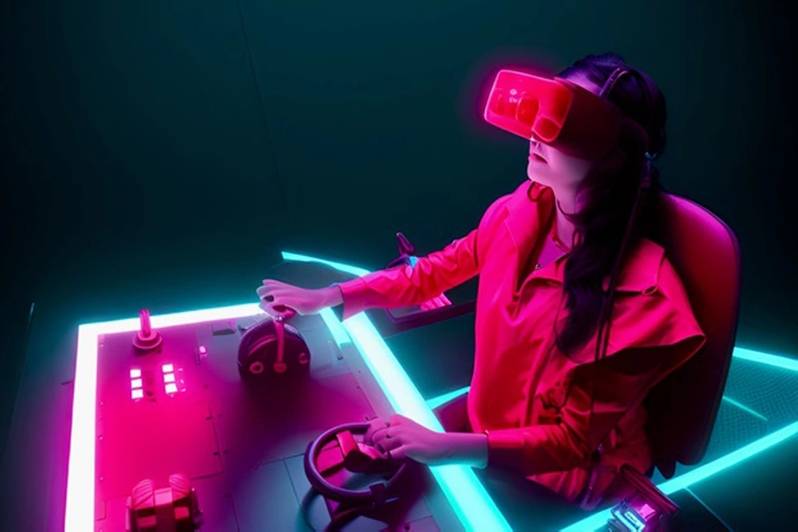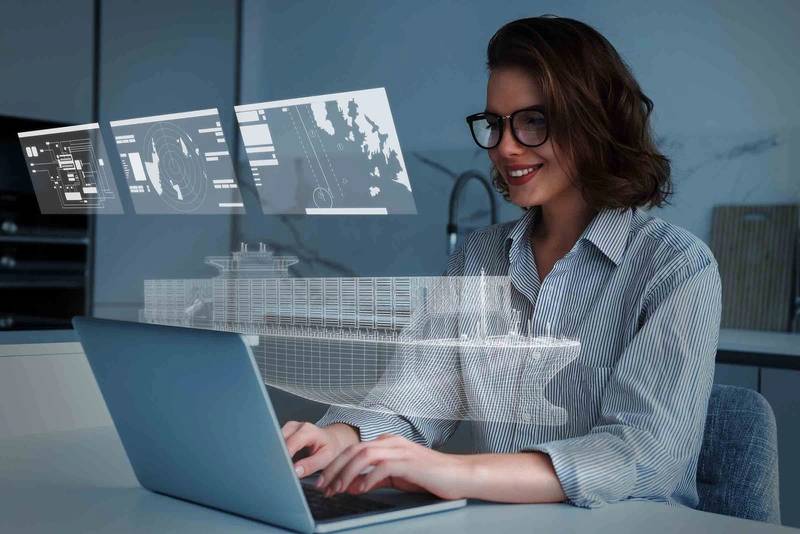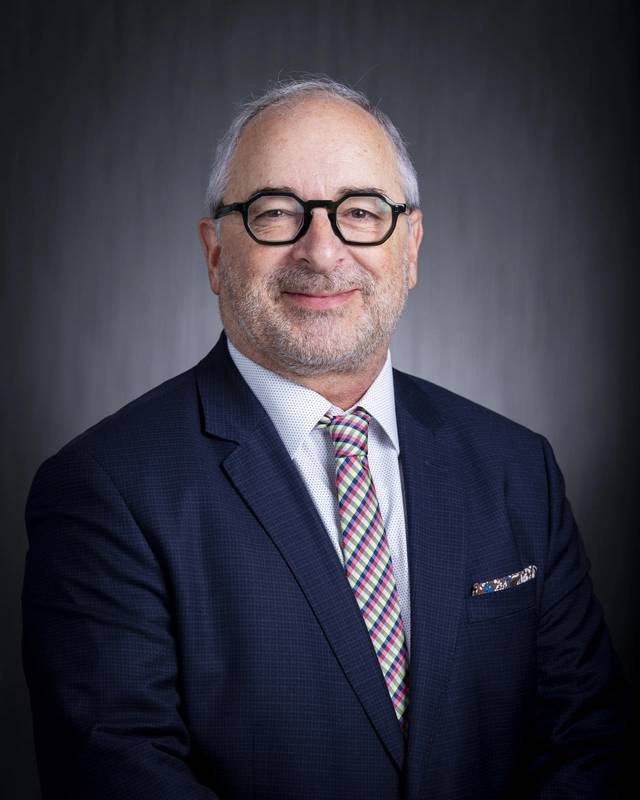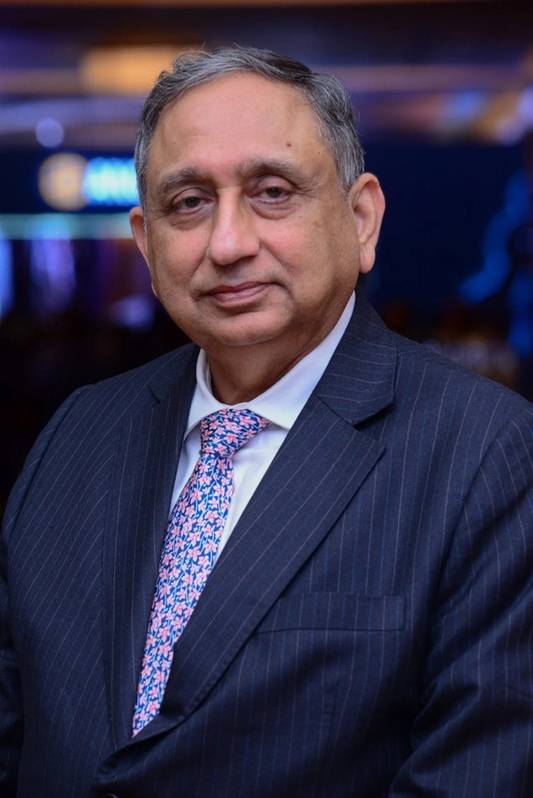Simulators Track our Changing Relationship with Technology
Simulation-based training has its whole-of-ship/whole-of-team scenarios, but zooming in, the industry is now working on more specific targets.
We have a close relationship with technology, evidenced by, for example, the phones we are estimated to unlock around 50-80 times a day. It has changed us. Half the people surveyed in a 2022 King’s College London study said that they feel like their attention span is shorter than it used to be. They are wrong, though, if they think that the average attention span of adults today is just eight seconds, one second less than goldfish. The science behind these attention span perceptions is limited, but educators do still now have an “attention economy” to consider.
MarinePALS founder Captain Pradeep Chawla says that people are used to accessing information in a variety of short and entertaining ways. MarinePALS is therefore embracing a new approach that in-volves interactive experiences and bitesize training materials, including micro-learning videos, gaming apps, VR programs and online mentoring.
“These digital methods are more effective than traditional learning methods, because they mimic the way people live today,” says Chawla. The gamification of learning makes it fun, he says.
There are practical benefits. Virtual reality headsets with the right training package can instruct seafar-ers how to use specific equipment in a realistic environment, which in turn can reduce the time they need to spend on a simulator. This saves time and money and frees up simulator time for others.
Once onboard the simulator, seafarers can expect a comprehensive experience. Wärtsilä will supply its latest technology for a new maritime training center in Finland that will have two engine room simulators along with two large and three medium sized full mission navigational bridges with 360-degree visualization. They will include digital chart tables and a separate bridge wing console operated in virtu-al reality. FORCE Technology’s upcoming DEN-Mark2 mathematical model release for its augmented reality Sim-Flex4 tug and ship simulator will offer unprecedented model accuracy.
FORCE Technology’s upcoming DEN-Mark2 mathematical model release for its augmented reality Sim-Flex4 tug and ship simulator will offer unprecedented model accuracy.
Image courtesy FORCE Technology Image courtesy Kongsberg
Image courtesy Kongsberg
Realism is prized beyond immersive, photo-realistic visuals, and providers are introducing increasingly accurate functionality. FORCE Technology’s upcoming DEN-Mark2 mathematical model release for its augmented reality SimFlex4 tug and ship simulator will offer unprecedented model accuracy as well as enhanced line forces calculations for pilot training undertaken at Smartship Australia.
NYK has secured certification from ClassNK for Japan’s first training program for crew members of offshore wind industry crew transfer vessels (CTVs). The training uses the latest ship-handling simulators to reproduce the movement of a vessel pushing against an offshore wind turbine in severe weather and sea conditions, aiming to improve the advanced navigational safety skills required for CTV ship handling.
Simulators are becoming as interconnected as onboard systems. Kongsberg Digital has integrated NORBIT’s oil spill detection system with its K-Pos DP system for simulation-based training of offshore professionals at Equinor. The tailored configuration will enable environmental conservation drills, oil spill detection and recovery simulations and all-encompassing safety and crisis management drills.
The ABS Global LNG Academy in Qatar features MetaSHIPs simulators, powered by Orka, that are built to scale from vessel drawings. The academy program also includes gas handling operations and engine room simulation courses offered by GTT Training and the Thet Training Center. Tomorrow’s seafarer is going to have to be more technology-savvy than in previous years.
Tomorrow’s seafarer is going to have to be more technology-savvy than in previous years.
Vassilios Kroustallis, VP, Global Business Development, ABS
Image courtesy ABS
The process of decarbonization creates new safety issues that need to be addressed. One of the most important is the familiarization of the crew with new and emerging fuels and technology. For example, the industry has well-established experience in handling ammonia as cargo, but not as fuel, so there is a need for training that enables this to be done safely. ABS has begun to address this challenge through the utilization of simulation technology which it develops at its global center in Singapore. “When we think of the new skills and competencies required for safety onboard the next generation of vessels, it is clear that tomorrow’s seafarer is going to have to be more technology-savvy than in previous years,” says Vassilios Kroustallis, VP, Global Business Development, ABS. “Quite apart from the array of challenges associated with handling and bunkering the new fuels, they will need literacy in the emerging digital and autonomous ecosystems as well as an entirely new safety mindset under-standing cyber threats as well as the traditional physical dangers.”
A simulated vessel flooding can help teams work together to solve the challenge using different systems on the bridge, says Jussi Siltanen, Lead, Product Marketing, Safety Solutions at NAPA. The company’s partnership with Simwave, for example, means that simulations can be customized to deliver specific exercises to ensure officers and crews feel as prepared as possible on emergency response and stability principles, including making the best use of NAPA Stability and NAPA Loading Computer software onboard.
Many autonomous ships will be operated using systems similar to those currently used for training simulations, says Siltanen. This means that investing in simulation tools is a win-win equation where crews will benefit from the best possible situational awareness of the real ship operating environ-ment. Equally, it also ensures future officers are comfortable working with cloud-based tools, as these will play a major role in autonomous ships. “Digital training solutions like this also help accelerate inno-vation and research across the industry by acting as the perfect testbed for new concepts and tech-nologies, which then contribute to their commercialization.” The gamification of learning makes it fun.
The gamification of learning makes it fun.
MarinePALS founder Captain Pradeep Chawla
Image courtesy MarinePals
Mobile phones have grown beyond their fundamental role as telephones, and the same is true for simulators which have grown beyond their role as a training tool. FORCE Technology has developed SimFlex Cloud for port and offshore renewables engineering studies. The simulator visualizes the ad-vantages and limitations of, say, a proposed port design. Simulated vessels can maneuver under dif-ferent wind, waves, current, swell, tide, time of day and weather conditions in a simulated port, ena-bling fact-based engineering design decisions to be made on the port or approach channel's layout.
Terje Heierstad, VP Business Development, Maritime Simulation, Kongsberg Digital, says simulators with high accuracy have become a vital tool for engineering studies and for efficiency studies on emis-sions reduction, digital twins and autonomous shipping studies, verifying both vessel models and their behavior in various scenarios generated and tested in simulators. “This is fundamental for a safer, smarter and greener maritime future.”








